From My Kitchen to Yours, Issho-ni
This London-based ‘izakaya’ revisits classic Japanese pub dishes by pairing them with strong flavours without denaturing their ingredients.
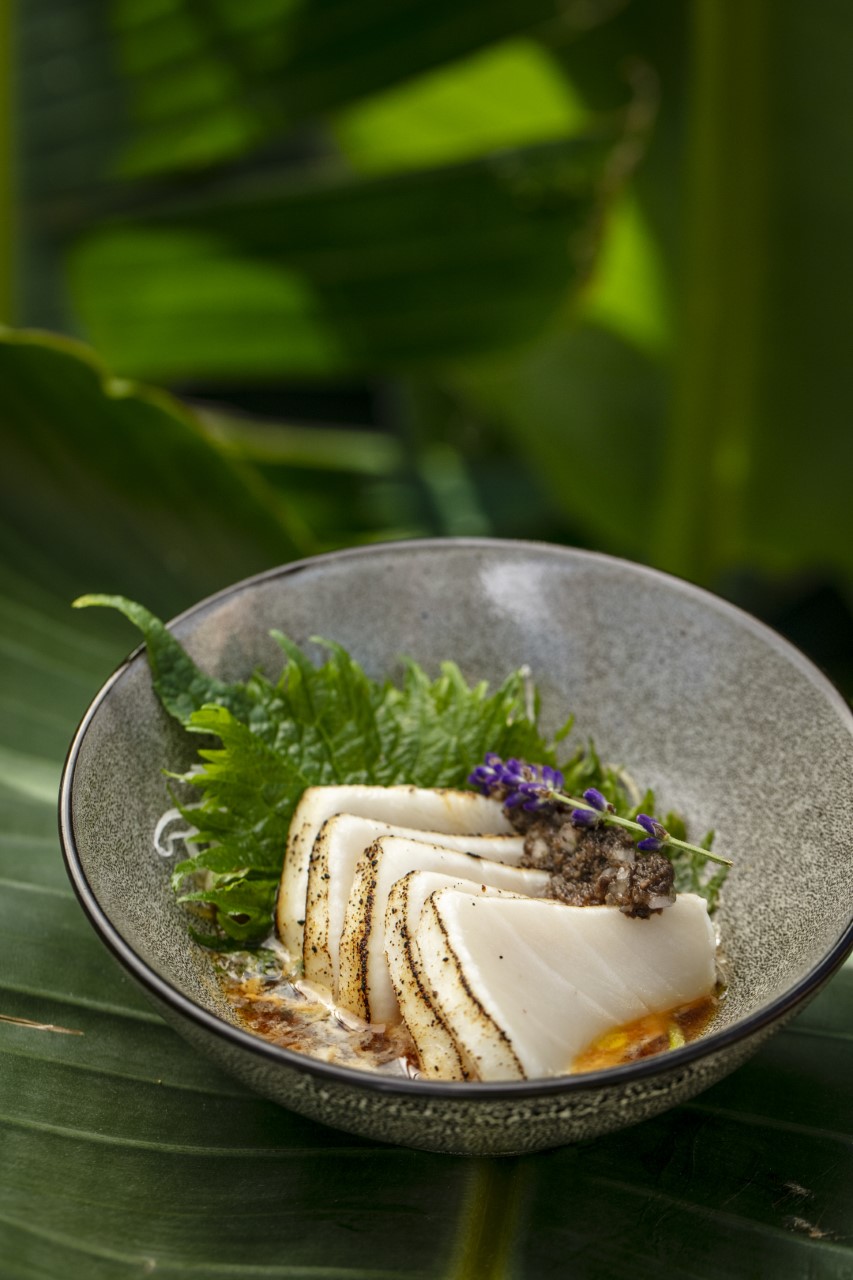
Fried butterfish tataki © Issho-ni
Established in 2018 in the lively Shoreditch district, Issho-ni aims to encourage Londoners to adopt the izakaya lifestyle. This restaurant is one of the first to have given these little sharing dishes a Japanese twist, with particularly close attention paid to drinks pairings. The menu is decidedly modern and showcases pronounced Japanese flavours like shiso and yuzu, which interact with other unusual but more Western flavours, like truffle.
Issho-ni is the result of the passion Claire Su, its founder, harbours for Japanese gastronomy. Born into a family of Chinese restaurant owners, she discovered the country while travelling when she was still a student and was seduced by its art of living. When she returned to London and went to cheap sushi restaurants and fine dining establishments, she failed to find the same sense of conviviality that she had so appreciated in Japanese izakaya. Thus, Claire Su decided to launch her own version between the two, Issho-ni (which means ‘together’ in Japanese and therefore alludes to sharing).
Enhancing the product
She hired Eduardo Aguiar as head chef. The Brazilian trained to become a sushi master in the Japanese style when, aged 19, he joined Soseki, a kaiseki restaurant in London, where he worked his way up, starting out as a pot washer before learning about the preparation stages, rinsing the rice and washing the fish, before finally reaching the Holy Grail: the sushi counter.
Together, they assemble a menu that always starts from the ingredients with a view to showcasing them. Simplicity is key for chef Eduardo Aguiar.
‘Simplicity for me is about concentrating on the balance of the flavours and the elements on the plate’, he explains. ‘I pay very close attention to the details and presentation to put together a clean plate. I avoid putting too many ingredients on top so as not to mess it up. Sometimes [chefs] use too much sauce or rice so you can’t taste the freshness of the fish. I think balance is key so you can taste the product.’
Daring flavour combinations
The ingredients used to make the dishes at Issho-ni come from Japan wherever possible, via Japanese suppliers who are well established in the UK. This is particularly the case for condiments like Japanese mayonnaise. The latter has an inimitable flavour due to the fact that it is made exclusively from egg yolk — unlike American mayonnaise which also contains egg white — making it richer and sweeter than French mayonnaise, and much less vinegary. The restaurant also imports unpasteurised soy sauce and konbu, and also certain seafood products like hamachi, a type of fish, and ikura (salmon roe).
Despite being versed in the traditional techniques for making Japanese dishes, chef Eduardo Aguiar renews the approach by inventing combinations of pronounced flavours and making moderate but daring use of creamy sauces, which are somewhat absent from the Japanese gastronomic repertoire. Thus, his truffle-flavoured mayonnaise regularly appears on the menu, particularly to accompany his crab croquettes (see below for recipe).
The chef is not scared by excess, as he masterfully combines salmon, tuna, sea bass, caviar, tobiko (small flying fish roe), cucumber and takuwan (pickled daikon) in his maki ‘Our Rolls’. This combination, while initially intimidating, produces an extremely fresh explosion of flavours. But the highlight of the menu is the seared butterfish tataki topped with truffle shavings, all served in a truffle ponzu sauce. It melts in the mouth and is extremely popular with the diners, even those who are new to eating raw fish.
A creative approach to cocktails
The drinks menu is not overlooked, however: Claire Su always intended to put it together with particular care. ‘Everyone told me it’s very difficult to open a restaurant that’s equally known for its food and drinks’, she recalls. ‘But we make sure to offer a selection of sake, wines and cocktails that match our menu.’
The cocktails at Issho-ni are developed with the same meticulousness and desire for modern flavours as the food menu. They all have a resolutely Japanese identity that takes diners on a journey from the first sip. The miso-whisky sour made from Japanese whisky complements the softness of egg white with the creaminess of miso, all lifted with a hint of shichimi pepper. The favourite aperitif, however, is the Shisorita, Issho-ni’s interpretation of a margarita served with a shiso leaf and a dash of yuzu.
Claire Su was also keen to work with a premium Japanese sake provider, who helps her to choose the best vintages to complement each dish. The team are involved in researching new products and all plan to visit Japan in the near future. This would be an opportunity for chef Eduardo Aguiar to finally discover the country whose gastronomy he already knows by heart.
Exclusively for Pen, chef Eduardo Aguiar shares his famous recipe for crab croquettes, made using panko breadcrumbs.
Ingredients
For the filling
1 onion
60 g butter
6 tbsp flour
500-550 ml milk
160 g crabmeat
50 g sweetcorn
Pinch of salt and pepper
For frying
1 egg
Flour
Panko breadcrumbs
For serving
Japanese mayonnaise
Method
Peel and thinly slice the onion and fry it in a pan with the butter over a low heat.
When the onion becomes translucent, remove from the heat. Add the flour and mix well. Cook for 2 to 3 minutes to form a roux for thickening.
Gradually add the milk, stirring it to ensure no lumps remain, until it starts to thicken.
Add the crabmeat to the mixture and season with salt and pepper.
Cook for around 5 minutes. Add a little more milk if needed to achieve the desired thickness.
Once cooked, remove the mixture from the heat and spread it in a shallow tray and leave to cool. Cover tightly with clingfilm and leave in the fridge for at least 30 minutes.
Once cooled, separate the mixture into 12 portions and shape them into croquettes. If you can, leave them in the fridge for at least 10 minutes before frying.
Fill three separate trays or bowls with the flour, beaten eggs and panko breadcrumbs. Dip each of the croquettes in the flour first, then in the beaten egg and finally in the panko until thoroughly coated.
In a large pan, heat some cooking oil over a medium heat and fry the croquettes until golden brown and crispy. Try not to turn them over too much.
Serve with Japanese mayonnaise, flavoured with truffle if desired.
More information about Issho-ni can be found on its website and on the Taste of Japan platform.
Address: 185 Bethnal Green Road, London, E2 6AB
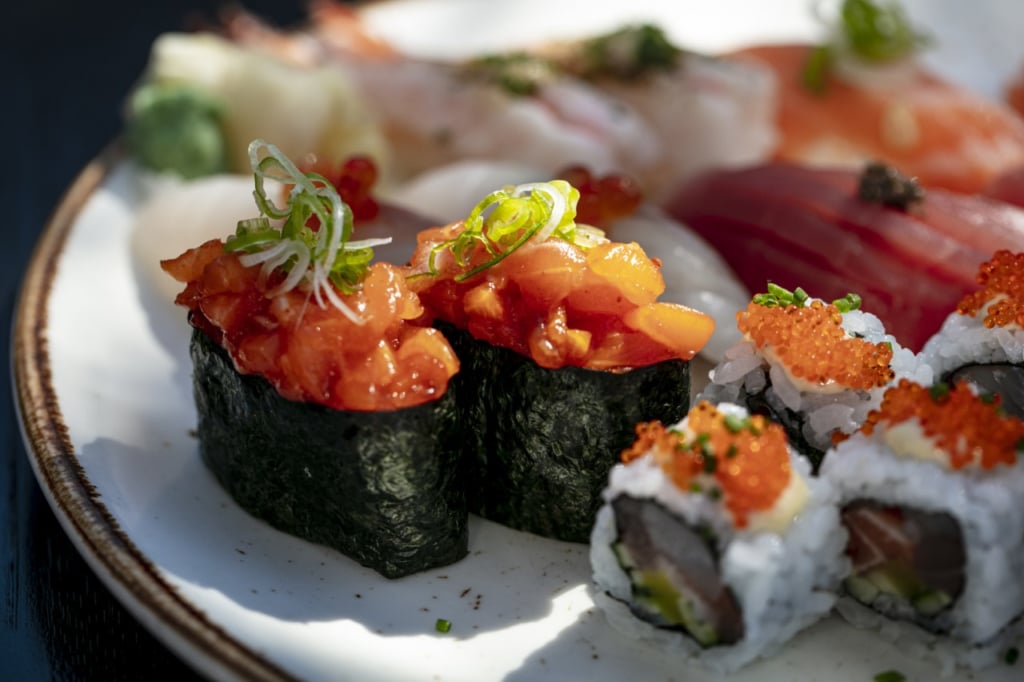
© Issho-ni
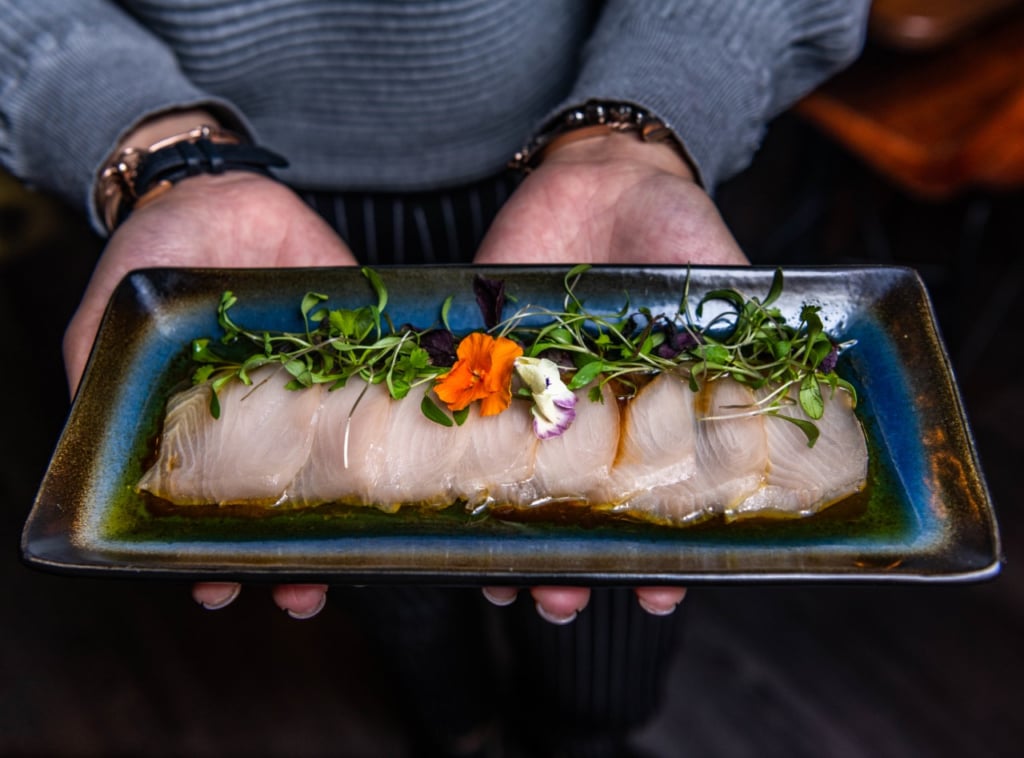
© Issho-ni
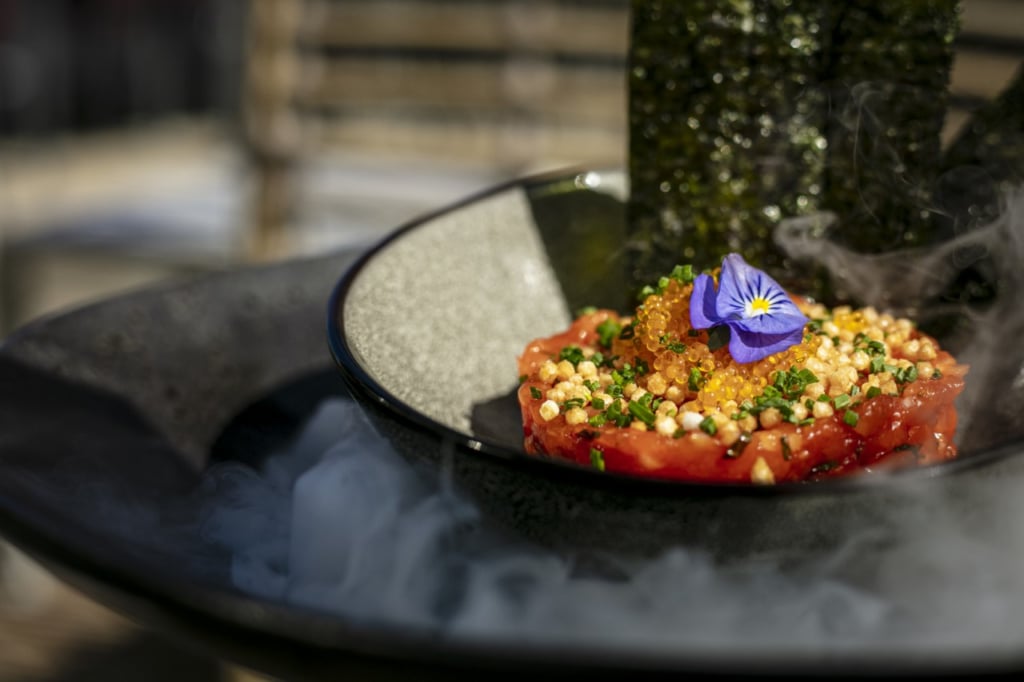
© Issho-ni
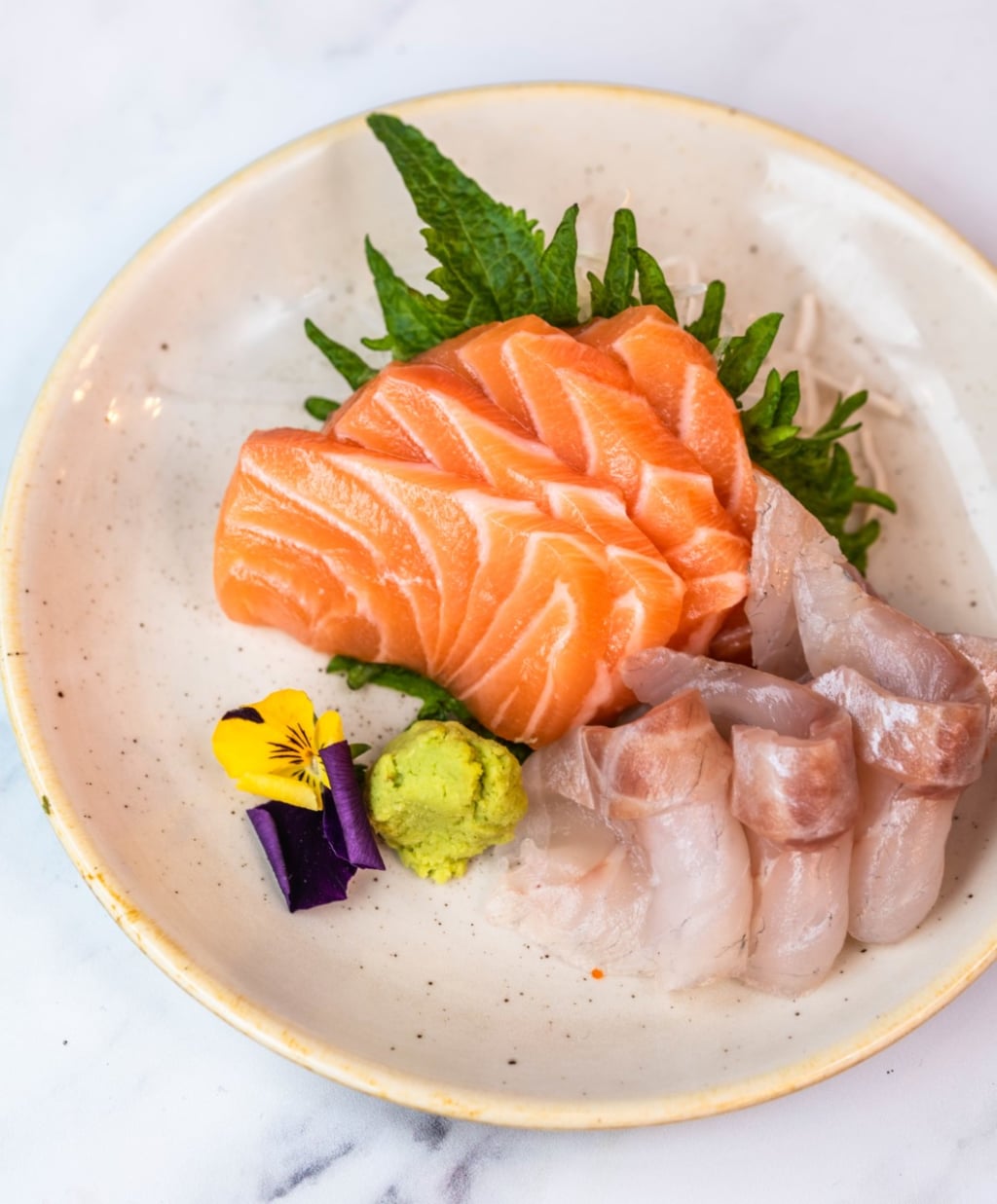
© Issho-ni
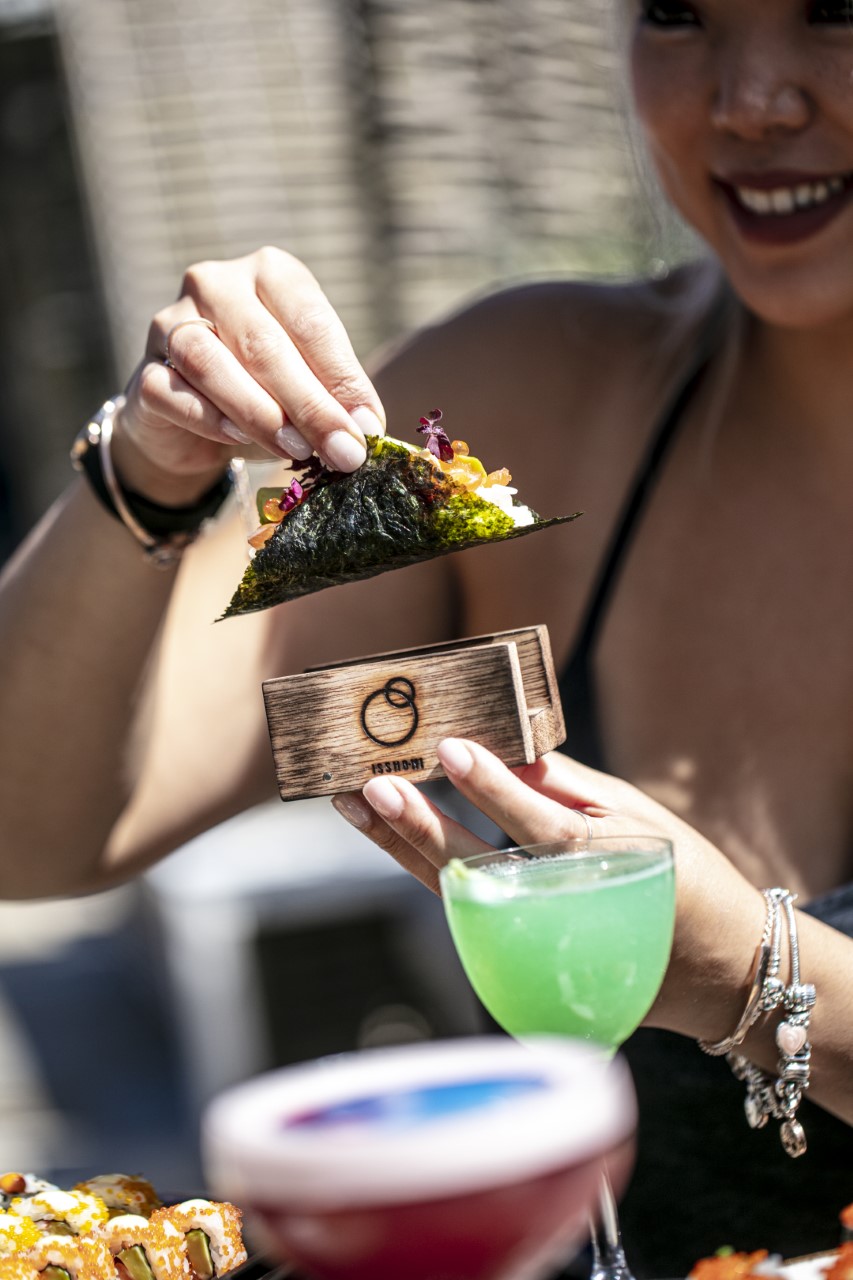
Claire Su © Issho-ni
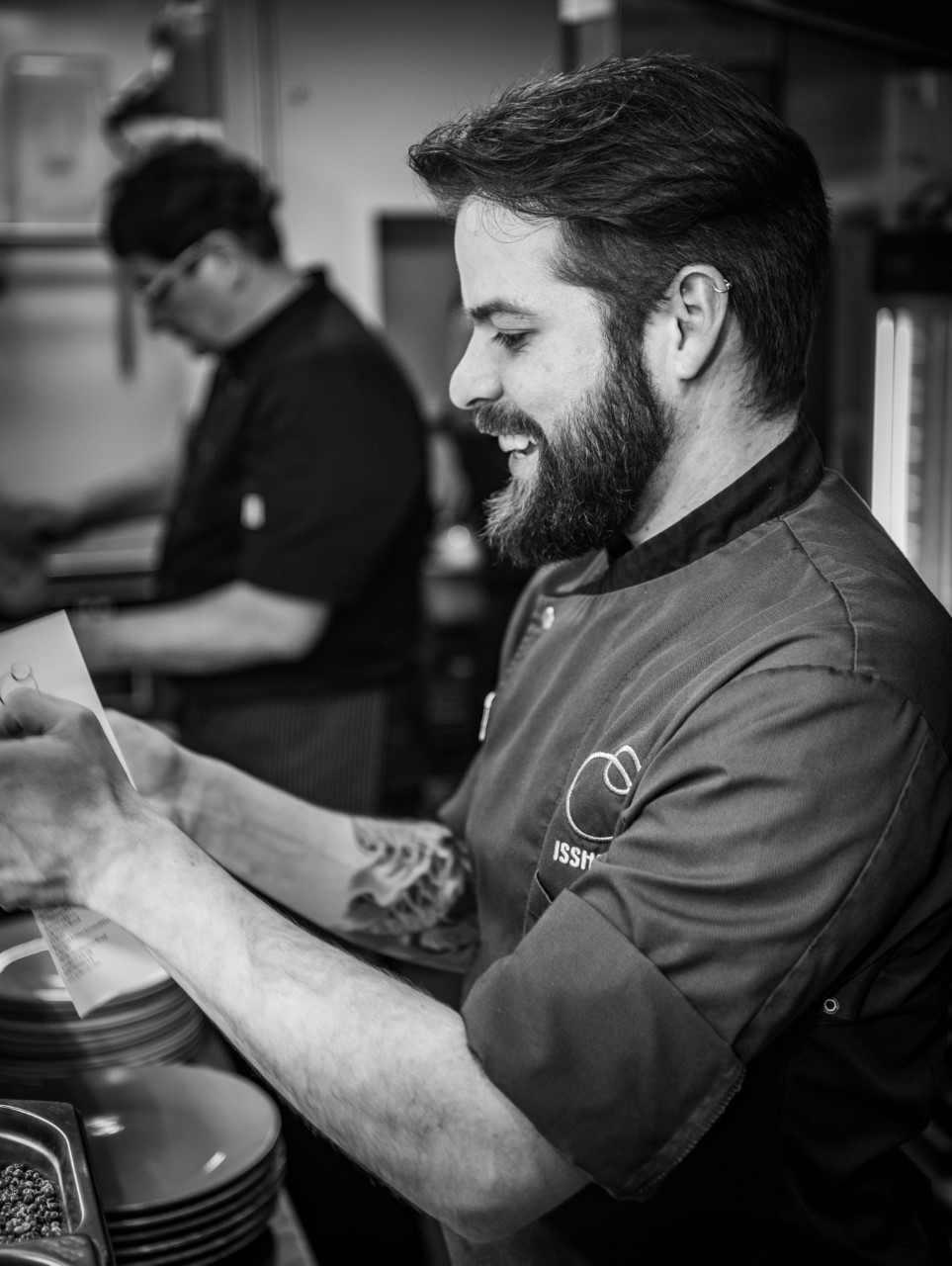
Chef Eduardo Aguiar © Issho-ni
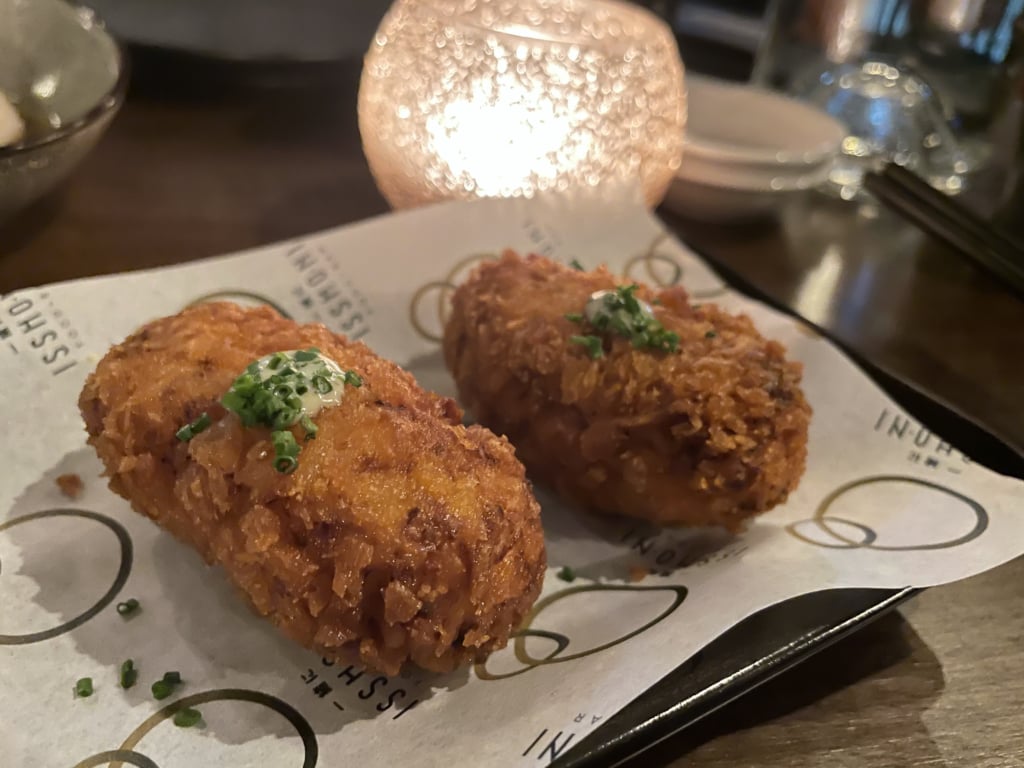
Crab croquettes © Rebecca Zissmann

© Rebecca Zissmann
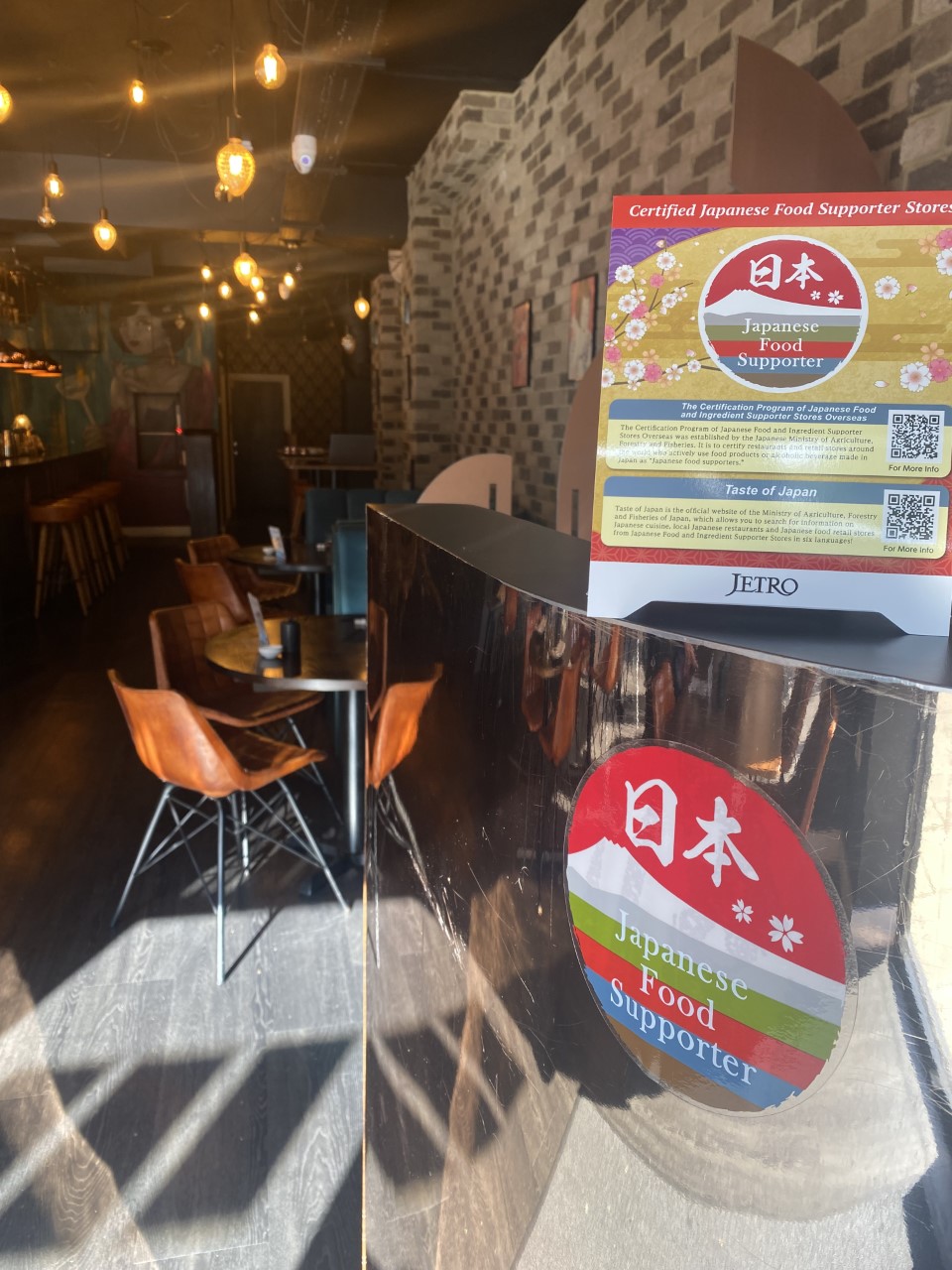
© Issho-ni
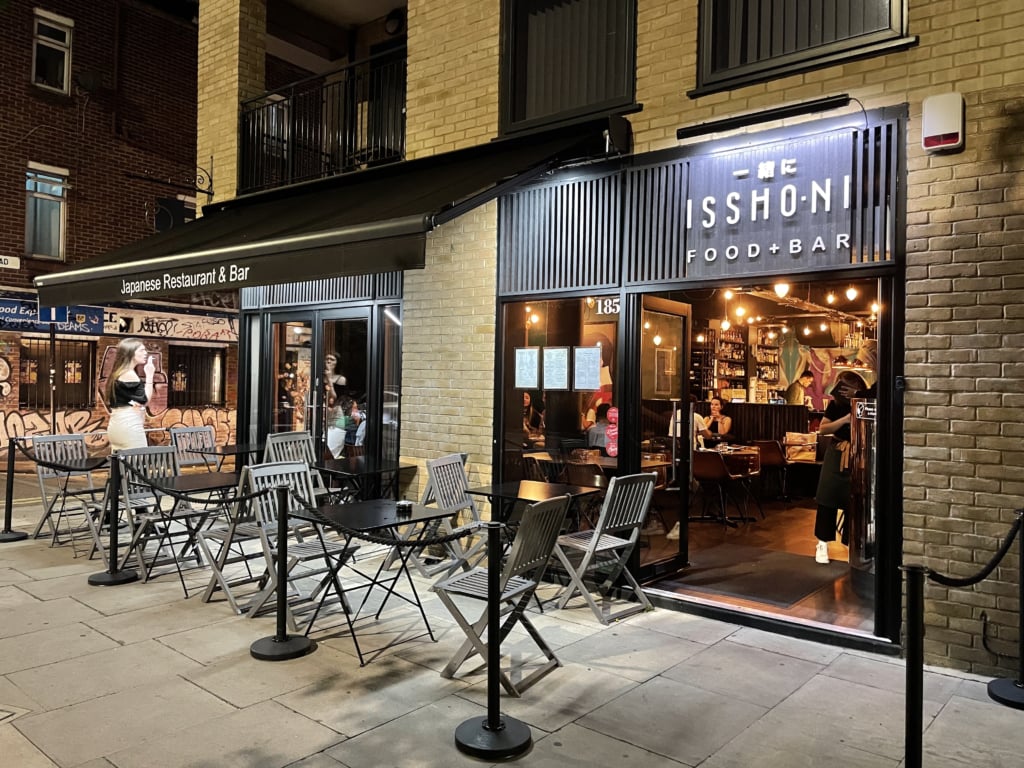
© Rebecca Zissmann
TRENDING
-
A House from the Taisho Era Reveals Its Secrets
While visiting an abandoned building, Hamish Campbell discovered photographs the owner had taken of the place in the 1920s.

-
The Taboo-Breaking Erotica of Toshio Saeki
The master of the 1970s Japanese avant-garde reimagined his most iconic artworks for a limited box set with silkscreen artist Fumie Taniyama.

-
With Meisa Fujishiro, Tokyo's Nudes Stand Tall
In the series 'Sketches of Tokyo', the photographer revisits the genre by bringing it face to face with the capital's architecture.

-
Masahisa Fukase's Family Portraits
In his series ‘Family’, the photographer compiles surprising photos in which he questions death, the inescapable.

-
Hajime Sorayama's Futuristic Eroticism
The illustrator is the pioneer for a form of hyperrealism that combines sensuality and technology and depicts sexualised robots.





